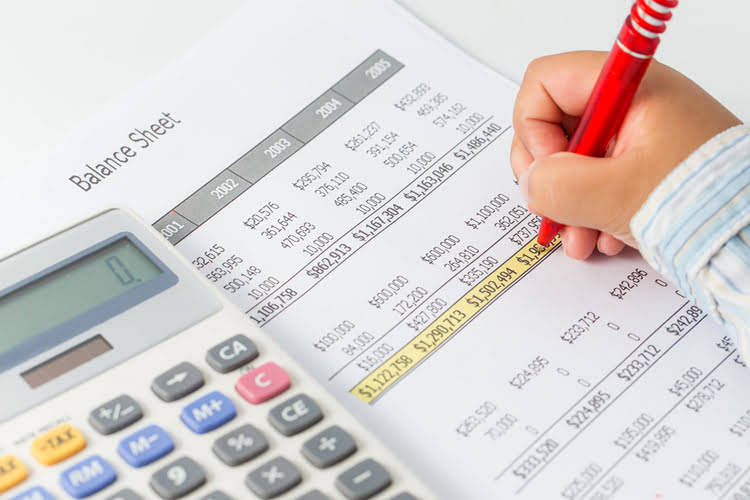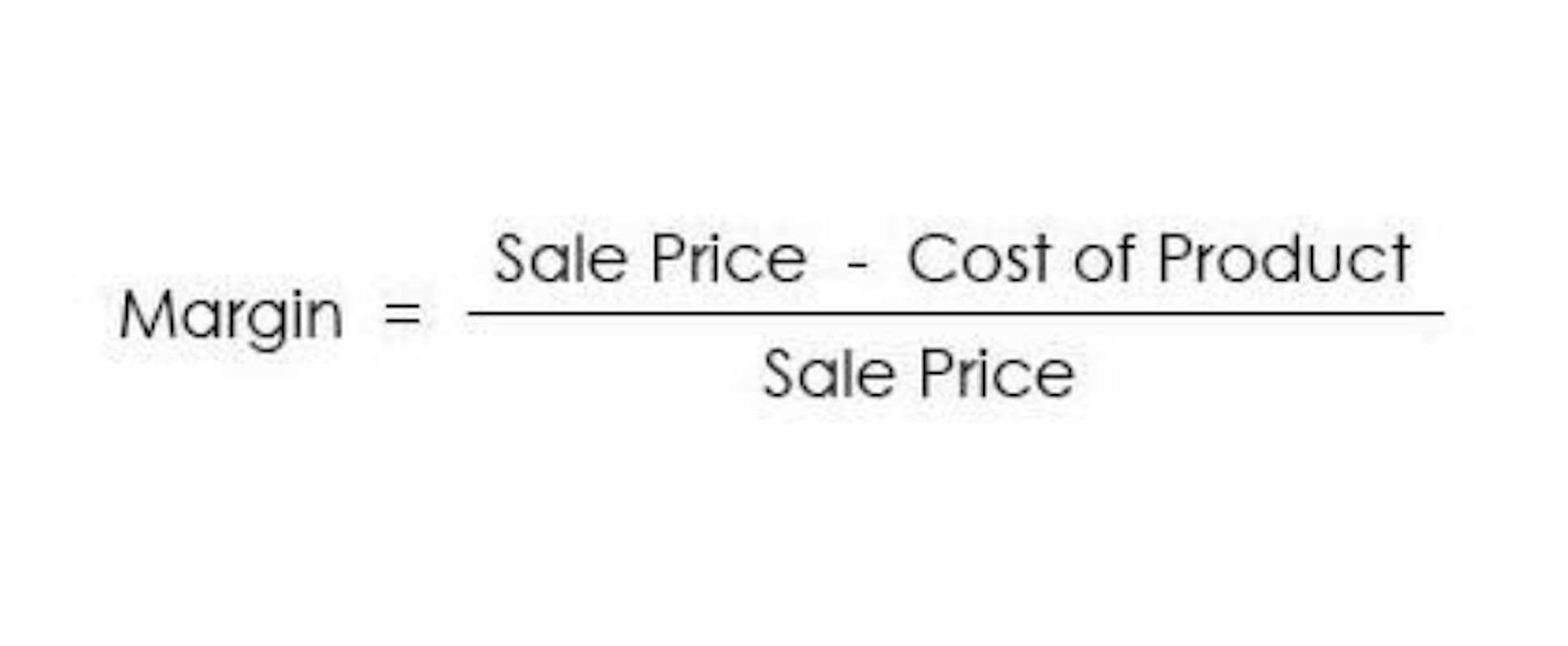
In the long run, the firm would increase its fixed assets to correspond to the desired output; the short run is defined as the period in which those assets cannot be changed. The analysis of the marginal cost helps determine the “optimal” production quantity, where the cost of producing an additional unit is at its lowest point. Let’s say it cost the company $500,000 to manufacture 1,000 exercise bikes. The company has determined it will cost an additional $400 to manufacture one additional bike.
- AP automation software will streamline workflow, help your company take early payment discounts, and reduce fraud risk and duplicate payment errors when making global payments.
- When the average total cost and the average variable cost reach their lowest point, the marginal cost is equal to the average cost.
- Beyond the optimal production level, companies run the risk of diseconomies of scale, which is where the cost efficiencies from increased volume fade (and become negative).
- Marginal cost is important because businesses can determine their optimum production level for making a profit before costs will increase and monitor increases in variable costs.
- Marginal costs are the increase or decrease in total costs resulting from one extra unit of production, and they can include both fixed and variable costs.
- Consider the warehouse for a manufacturer of landscaping equipment.
What customers are prepared to pay for an additional unit or item is referred to as the marginal benefit. While the marginal benefit is a measure from the perspective of the consumer, the marginal cost is a factor or measurement from the producer’s perspective. Marginal benefit tends how to calculate marginal cost to decrease with the increase in consumption. It happens because customer satisfaction tends to decrease when the consumption of the same commodity increases. Companies compute and monitor trends in their variable expense ratio, which is the ratio of variable expenses to net sales.
Marginal Cost Examples
For example, a company might reduce the price per unit by buying supplies in bulk or negotiating with suppliers for volume discounts. Doubling your production won’t necessarily double your production costs. If you can negotiate a discount from your materials supplier on a larger order, your per unit cost might go down. On the other hand, if you need to move into a larger facility or purchase new equipment to produce additional goods, your average cost per unit might go up.

Examples of fixed costs include rent, salaries, insurance and depreciation. These costs do not vary with the quantity produced and are therefore «fixed» for a specific period or level of output. The marginal cost intersects with the average total cost and the average variable cost at their lowest point.
Marginal Revenue vs. Marginal Benefit
The marginal revenue is calculated as $5, or ($205 – $200) ÷ (21-20). You can find opportunities to cut expenses and boost productivity by having a solid understanding of marginal cost. This simple understanding of marginal cost allows us to not only increase the profit but to expand the business as well. This economic concept https://www.bookstime.com/ t is crucial to company management since it allows companies to maximize their output levels. Concepts like these are also taught in schools, offices, and colleges to expand the horizon of knowledge. Two crucial metrics for assessing how a product’s worth or price has changed are marginal benefit and marginal cost.
- It is calculated by taking the total cost of producing the additional goods into account and dividing that by the change in the total quantity of the goods produced.
- Depreciation expense for that equipment and these additional rent or lease expenses are fixed costs that will increase the marginal cost of producing the next unit.
- In this article, we will explore the definition, calculation, and limitations of Marginal Cost, and discuss how it is used by businesses in the real world.
- Marginal cost is the incremental cost when one additional unit of a product or service is produced, computed as change in total costs divided by change in quantity.
- Marginal costs don’t typically include fixed costs, which are the same no matter how many units are produced.
- We put together a list of the best, most profitable small business ideas for entrepreneurs to pursue in 2024.
Costs start out high until production hits the break-even point when fixed costs are covered. Calculate marginal cost using the marginal cost formula, which measures the cost of producing one additional unit of goods or services provided to a customer. Marginal cost is a microeconomics concept that businesses adopt to determine cost-effective production or service levels in the short run. In inflationary times, monitoring marginal costs in your company and devising strategies becomes even more vital. Marginal revenue is the total revenue gained by producing one additional unit of a good or service. You calculate marginal revenue by dividing the total change in revenue by the change in quantity.
What is incremental cost, and how does it relate to marginal cost?
However, there is often a point in time where it may become incrementally more expensive to produce one additional unit. Imagine a company that manufactures high-quality exercise equipment. The company incurs both fixed costs and variable costs, and the company has additional capacity to manufacture more goods. Marginal cost includes all of the costs that vary with that level of production. For example, if a company needs to build an entirely new factory in order to produce more goods, the cost of building the factory is a marginal cost. The amount of marginal cost varies according to the volume of the good being produced.



